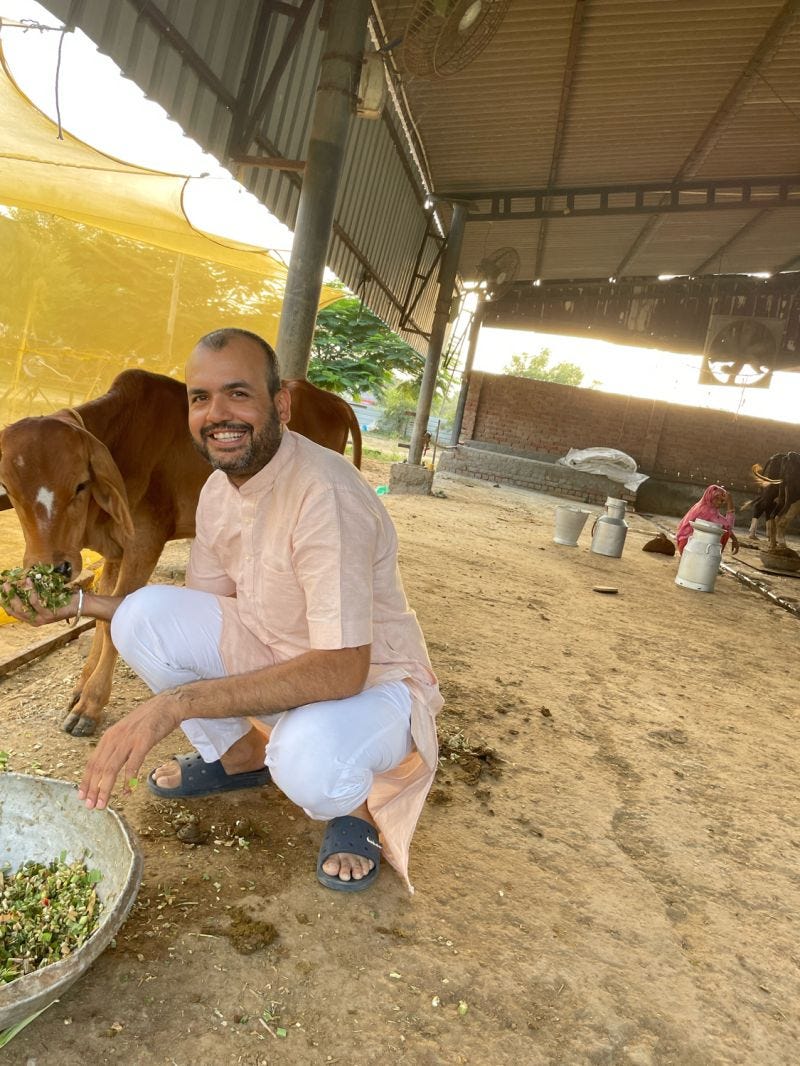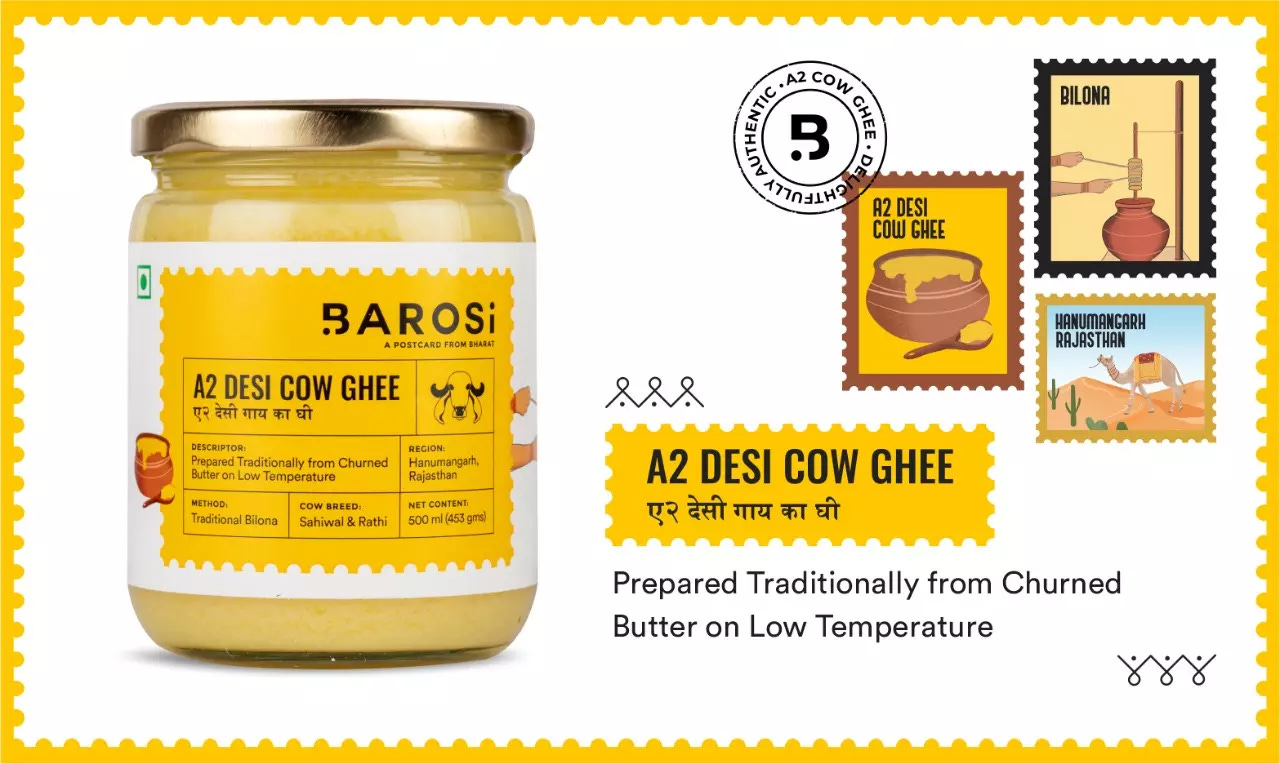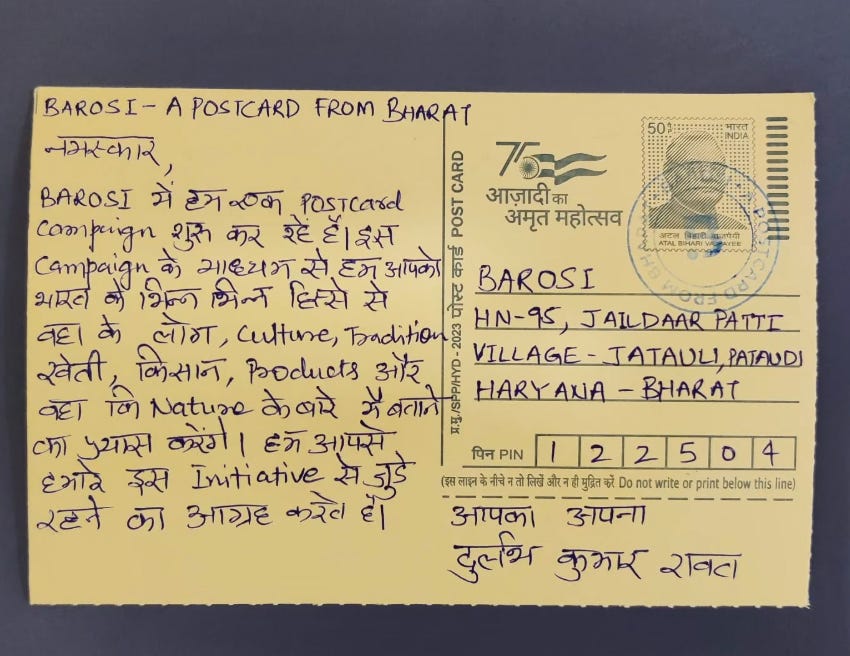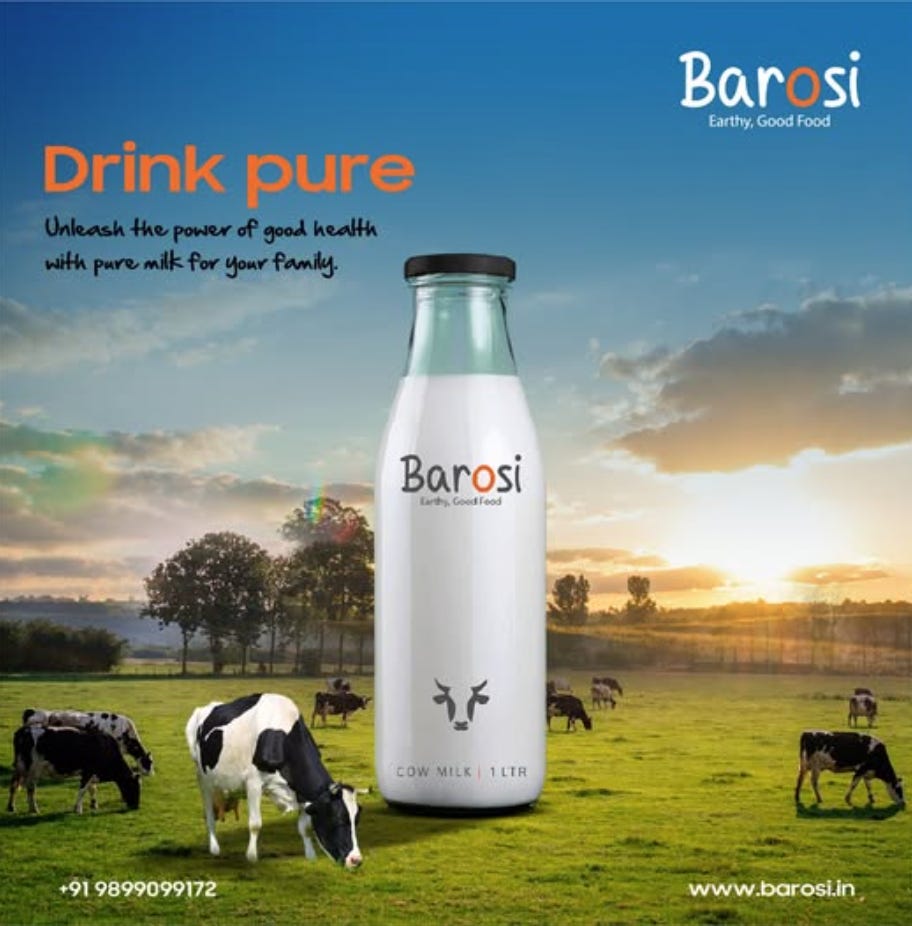How Barosi is making ₹65Cr ARR
The Milkman Who Outsmarted VC-Backed Brands
From a village memory to a ₹65 crore business - Barosi’s journey is a masterclass in building a brand that feels like home.
Founded by Durlabh Rawat in 2016, Barosi began with a simple idea: bring the pure, earthy taste of milk from rural India to city homes. Without any outside funding, the brand grew steadily, connecting small farms to urban kitchens. By focusing on authentic stories and quality products like milk and ghee, Barosi tapped into a growing demand for trustworthy, local food.
In FY25, Barosi achieved a ₹65 crore annual revenue run rate, tripling its growth from the previous year, all while staying profitable and true to its roots.
In this newsletter, we’ll explore how Barosi did it and what lessons you can apply to your own business.
Today’s Story: Clay Pots → City Blocks
Barosi was launched in 2016 by first-generation founder Durlabh Rawat after a 12-year stint in the auto sector, inspired by the earthy taste of milk simmered in barosi (clay pots) back in his UP village. With a promise of “pure, local & wholesome,” the brand connects small farms with urban kitchens through transparent labels and rural storytelling.
FY 25 scorecard
₹65 crore ARR, a 3× jump over FY 24.
10 %+ EBITDA while remaining 100 % bootstrapped.
New Brand, HR and NPD functions built in-house to keep pace.
Distribution now spans Blinkit, Swiggy Instamart, Zepto and select cafés across Delhi-NCR.
Numbers That Matter
*Barosi’s FY 24 LinkedIn update already showed 104 % YoY growth and a pivot to ghee as the hero SKU.
How They Won
Rooted Storytelling: “Postcards from Bharat” campaigns romanticise neem-tree shade & chulha chapati, turning commodity milk into an emotional purchase.
Bootstrapped Discipline: Limited budgets forced profitable operations from day one; the company still runs on internal accruals.
Channel Blitz: Listing on Blinkit, Zepto & Instamart put Barosi inside 10-minute delivery radius of India’s top metros just as Q-commerce exploded.
Hero-SKU Pivot: Higher-margin ghee replaced milk as the flagship, boosting contribution margins without alienating core users. (barosi | Durlabh Rawat )
Rural-to-Urban Supply Chain: Direct farmer tie-ups cut middlemen, kept quality high, and aligned with rising demand for authentic, traceable foods.
Market Tailwinds You Should Know
India’s dairy market hit ₹18.9 trn in 2024 and is projected to reach ₹57 trn by 2033 (12.3 % CAGR).
Quick-commerce orders are growing 17 % YoY, with Blinkit expected to command 46 % share by end-2025.
Blinkit, Instamart & Zepto together crossed $1 bn revenue in FY 24, proving the channel’s scale.
Yet profitability is shaky; Reuters reports the sector widened losses to fuel expansion, calling sustainability into question.
India will produce 216 mn MT of milk in 2025, keeping raw-material supply robust for value-added players.
Key Takeaways
Authentic story > flashy ads: Rural nostalgia built a moat bigger than ATL budgets.
Bootstrapped ≠ small: Focus on cash-flow can fund big jumps when the timing is right.
Channel timing is gold: Listing just as quick-commerce peaked gave Barosi free distribution leverage.
Margin before vanity: A single high-margin SKU pivot can fund scale (see ghee).
Community beats commodity: Farmer partnerships create stickier supply chains and brand love.
One-Minute Moves for Moneymint Readers
Craft your “grandma’s-kitchen” hook - the memory that sells the mission.
Run a 90-day channel experiment - pick one new platform, set a clear CPA cap.
Map SKU margin by unit - double down where gross margin ≥45 %.
Launch a micro-content series - think “Postcards” but tailored to your niche.
Book a farm/warehouse visit - shoot raw footage; consumers crave proof.
What We’re Watching
Barosi plans to expand product lines and double down on D2C tech in FY 26 while scaling its rural supply chain. At the same time, quick-commerce giants are under pressure to prove profitability, which could squeeze supplier margins or open the door for the next bootstrapped upstart.
Stay tuned, and as always hit reply to tell us which play you’re stealing first.
—Team MoneyMint







